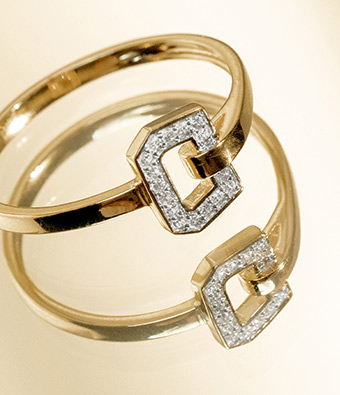EVERYTHING YOU NEED TO KNOW ABOUT CULTURED PEARLS: FROM QUALITY CRITERIA TO CARE METHODS CARE METHODS
The pearl of culture... A perfect harmony between Man and Nature.
Our collection features three origins for your cultured pearls
French Polynesia, Japan and China.
A varied choice, representative of the world of cultured pearls.
French Polynesia cultivates in its lagoons the Tahitian pearl famous for its large diameter and dark color with subtle nuances of shades of blue, pink, green...
All Tahitian cultured pearl jewelry.Japan cultivates along its coasts, the Japanese pearl, a seawater pearl in various shades of white that owes its reputation reputation for its regular shapes and brilliance.
All Japanese cultured pearl jewelry.China cultivates in fresh water, in its lakes, the Chinese pearl whose success stems not only from its wide variety of shapes and colours and colors, but also its more affordable price.
All cultured pearl jewelry from China.QUALITY CRITERIA FOR CULTURED PEARLS
A pearl's quality is determined by a combination of several criteria several criteria: diameter, surface, luster, thickness of its pearl layer, as well as its color and shape. shape.
The diameter of a pearl
This is the primary determinant of its value. The larger the diameter (up to 2cm), the rarer the pearl and the more rarer and more valuable it is.
The surface
The smoother the surface, the higher the quality of the pearl. A perfectly smooth pearl is rare, and the few traces traces left by nature bear witness to its authenticity.
The chandelier and the Orient
A pearl's luster or brilliance is its ability to reflect light reflect light more or less well. A quality luster allows you to see your own reflection in the pearl. Whereas orient is the iridescent glow that seems to come from inside the pearl. pearl. It is often indicative of a good pearl layer.
The thickness of the pearl layer
This criterion depends directly on how long the pearl has been growing in the in the oyster feeder. A good thickness of mother-of-pearl is a guarantee of a pearl's quality and longevity.
The color of the pearl
Each pearl has a main color (white, cream, black...) to which are added subtle nuances (pinkish, bluish...). These delicate harmonies depend on the oyster oyster, the graft and the chance of nature. Discover our jewelry with black cultured pearls bracelet, necklace, ring, earrings or even pendants.
The shape of a cultured pearl
The rarest and most perfect pearl is round, but other shapes other shapes, which nature shapes, can be used to create beautiful and unique jewels.
HOW IS A PEARL BORN?
Until the last century, a pearl was born by chance. Today, however pearls of different shapes and colors are grown in China thanks to the grafting technique. An expert hand performs a delicate operation implant a small mother-of-pearl nucleus into the heart of the oyster mother-of-pearl nucleus and a graft. The oyster reacts naturally by the foreign body with thousands of very fine layers of mother-of-pearl layers of mother-of-pearl which, many months later, give rise to a cultured pearl. cultured pearl.
CARING FOR A CULTURED PEARL
Wear them, as they hydrate on contact with the skin. Avoid contact contact with lemon juice, vinegar, cosmetics, or with jewellery jewelry that could scratch them. To avoid scratching, store your pearls away from jewelry, in a case or wrapped in a soft cloth. soft cloth. Clean them regularly with a soft, damp cloth. damp cloth.
MATY offers a dedicated pearl care kit with a protective pouch.

